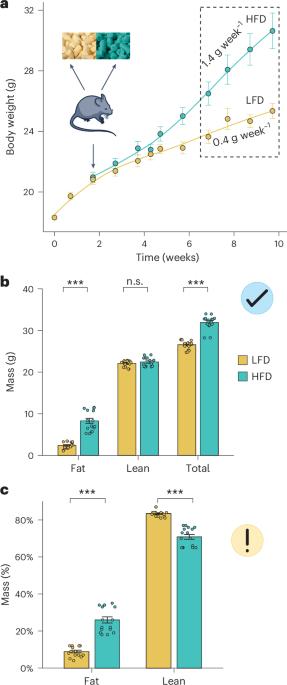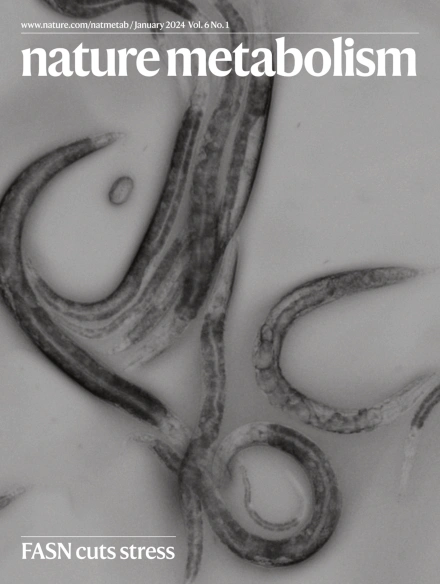A consensus guide to preclinical indirect calorimetry experiments
IF 20.8
1区 医学
Q1 ENDOCRINOLOGY & METABOLISM
引用次数: 0
Abstract
Understanding the complex factors influencing mammalian metabolism and body weight homeostasis is a long-standing challenge requiring knowledge of energy intake, absorption and expenditure. Using measurements of respiratory gas exchange, indirect calorimetry can provide non-invasive estimates of whole-body energy expenditure. However, inconsistent measurement units and flawed data normalization methods have slowed progress in this field. This guide aims to establish consensus standards to unify indirect calorimetry experiments and their analysis for more consistent, meaningful and reproducible results. By establishing community-driven standards, we hope to facilitate data comparison across research datasets. This advance will allow the creation of an in-depth, machine-readable data repository built on shared standards. This overdue initiative stands to markedly improve the accuracy and depth of efforts to interrogate mammalian metabolism. Data sharing according to established best practices will also accelerate the translation of basic findings into clinical applications for metabolic diseases afflicting global populations. The authors highlight inconsistencies and divergencies in the literature reporting data on indirect calorimetry for studies on whole-body energy homeostasis, and propose harmonization of standards to facilitate data comparison and interpretation across different datasets.

临床前间接量热实验的共识指南
了解影响哺乳动物代谢和体重平衡的复杂因素是一个长期的挑战,需要了解能量摄入、吸收和消耗。通过测量呼吸气体交换,间接量热法可以提供全身能量消耗的无创估计。然而,不一致的测量单位和有缺陷的数据归一化方法阻碍了这一领域的进展。本指南旨在建立共识标准,统一间接量热实验及其分析,以获得更一致、有意义和可重复的结果。通过建立社区驱动的标准,我们希望促进跨研究数据集的数据比较。这一进步将允许创建基于共享标准的深度、机器可读的数据存储库。这项姗姗来迟的倡议将显著提高研究哺乳动物新陈代谢的准确性和深度。根据既定最佳做法共享数据还将加速将基本发现转化为临床应用,治疗影响全球人口的代谢性疾病。作者强调了间接量热法用于全身能量稳态研究的文献报告中的不一致和差异,并建议统一标准,以促进不同数据集的数据比较和解释。
本文章由计算机程序翻译,如有差异,请以英文原文为准。
求助全文
约1分钟内获得全文
求助全文
来源期刊

Nature metabolism
ENDOCRINOLOGY & METABOLISM-
CiteScore
27.50
自引率
2.40%
发文量
170
期刊介绍:
Nature Metabolism is a peer-reviewed scientific journal that covers a broad range of topics in metabolism research. It aims to advance the understanding of metabolic and homeostatic processes at a cellular and physiological level. The journal publishes research from various fields, including fundamental cell biology, basic biomedical and translational research, and integrative physiology. It focuses on how cellular metabolism affects cellular function, the physiology and homeostasis of organs and tissues, and the regulation of organismal energy homeostasis. It also investigates the molecular pathophysiology of metabolic diseases such as diabetes and obesity, as well as their treatment. Nature Metabolism follows the standards of other Nature-branded journals, with a dedicated team of professional editors, rigorous peer-review process, high standards of copy-editing and production, swift publication, and editorial independence. The journal has a high impact factor, has a certain influence in the international area, and is deeply concerned and cited by the majority of scholars.
 求助内容:
求助内容: 应助结果提醒方式:
应助结果提醒方式:


